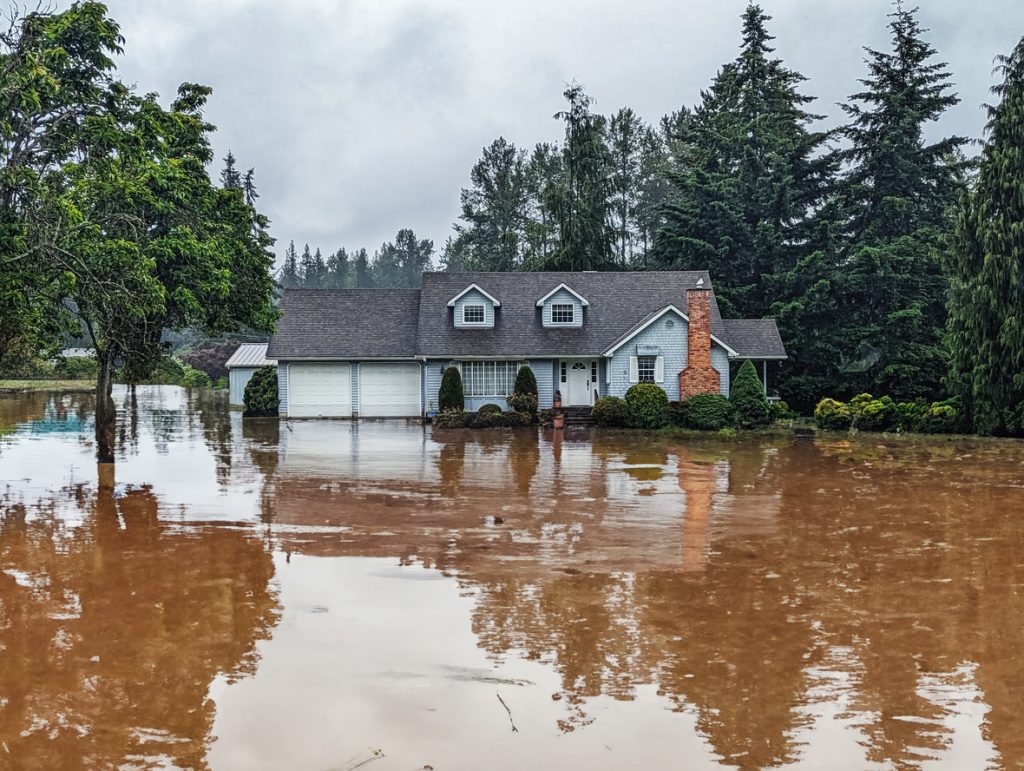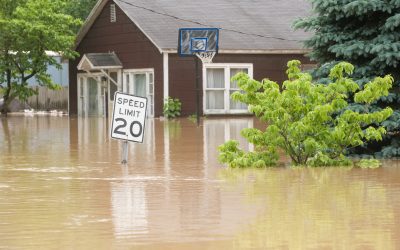How Much Is Flood Insurance in Florida?
With Florida being one of the most flood-prone states in the U.S., flood insurance is no longer a luxury—it’s a necessity. But for homeowners, the big question is: how much is flood insurance in Florida? The answer depends on several key factors including your property’s flood zone, elevation, location, and insurer. Whether you’re in a high-risk coastal area or an inland community, understanding the cost of flood insurance can help you make smarter financial and protection decisions. In this blog, we break down pricing ranges, what influences those numbers, and how you can lower your premium.
Understanding Flood Insurance Requirements in Florida
Flooding is not covered under standard homeowners insurance. You’ll need separate coverage, either through the National Flood Insurance Program (NFIP) or a private flood insurance provider. The NFIP is managed by FEMA and offers standardized pricing, while private insurers often base their rates on more granular risk analysis.
Do you need flood insurance in Florida?
- Required if you have a federally-backed mortgage on a home in a high-risk flood zone (Special Flood Hazard Area – SFHA)
- Strongly recommended for moderate- to low-risk areas—over 20% of flood claims come from outside SFHAs
Reference: FEMA Flood Insurance Requirements
How Much Is Flood Insurance in Florida on Average?
The average cost of flood insurance in Florida is about $700 to $1,200 per year, but this can vary drastically depending on location, property type, and flood history. Here’s a general overview:
Average NFIP rates by risk zone:
| Risk Zone | Average Annual Premium |
| High Risk (Zone AE, VE) | $1,200 – $3,000 |
| Moderate Risk (Zone X) | $450 – $800 |
| Preferred Risk Policies (low-risk areas) | $300 – $600 |
Private insurers may offer more competitive rates, especially for homes in low-risk zones or those with modern flood mitigation features.
Source: Florida Office of Insurance Regulation
Key Factors That Influence Flood Insurance Costs
The cost of flood insurance is not one-size-fits-all. Under FEMA’s new Risk Rating 2.0 system, premiums are now based on specific property characteristics rather than just flood zones.
Here are the biggest pricing factors:
- Location and flood zone – Coastal properties or homes near rivers cost more.
- Elevation – Homes elevated above Base Flood Elevation (BFE) enjoy lower rates.
- Foundation type – Homes on stilts or piers cost less to insure than slab foundations.
- Home replacement cost – Higher-value homes lead to higher premiums.
- Flood history – Properties with previous flood claims may face steep rate increases.
- Deductible amount – Choosing a higher deductible can lower your premium.
Tip: Elevation Certificates can sometimes help reduce NFIP premiums by proving your home is at a lower flood risk.
NFIP vs. Private Flood Insurance in Florida
While most Floridians are familiar with NFIP coverage, private flood insurance is becoming more common and may offer better flexibility or pricing.
NFIP Pros:
- Backed by the federal government
- Guaranteed acceptance regardless of flood history
- Up to $250,000 in building coverage
Private Flood Insurance Pros:
- Higher coverage limits available
- May include loss of use or temporary living expenses
- More competitive rates for low-risk homes
Private flood insurance is especially useful for homeowners with higher-value properties or those living outside high-risk zones.
FAQ: How Much Is Flood Insurance in Florida?
How much is flood insurance per month in Florida?
Answer: Monthly costs typically range from $30 to $100, depending on flood zone, property value, and elevation.
Is flood insurance mandatory in Florida?
Answer: Yes, if you have a federally backed mortgage and live in a high-risk flood zone. It’s optional but highly recommended elsewhere.
Can I lower my flood insurance premium?
Answer: Yes. You can lower costs by elevating your home, choosing a higher deductible, or switching to a private insurer.
Does homeowners insurance cover flooding in Florida?
Answer: No. Flood damage is not included in standard policies. You must purchase separate flood insurance.
Is private flood insurance available in Florida?
Answer: Yes. Multiple private insurers offer competitive alternatives to NFIP policies, often with more customizable coverage options.
What is Risk Rating 2.0?
Answer: It’s FEMA’s updated flood insurance pricing system that uses property-specific data (not just zones) to determine premiums.
Final Thoughts
If you’re a Florida homeowner, knowing how much is flood insurance in Florida can help you budget better and protect your most valuable asset. While costs vary based on risk, structure, and insurer, it’s clear that no property is entirely safe from flood risks. Don’t wait until a storm hits to find out you’re underinsured. Take action now, compare your options, and talk to professionals about your best coverage strategy.
Need Help Understanding Flood Insurance Options?
Get expert guidance tailored to your location and property. Whether you’re buying a new policy, comparing NFIP vs. private options, or looking to lower your premium, Flood Insurance Help is here to assist you. Don’t leave your home unprotected—explore the best flood coverage for your situation today.



